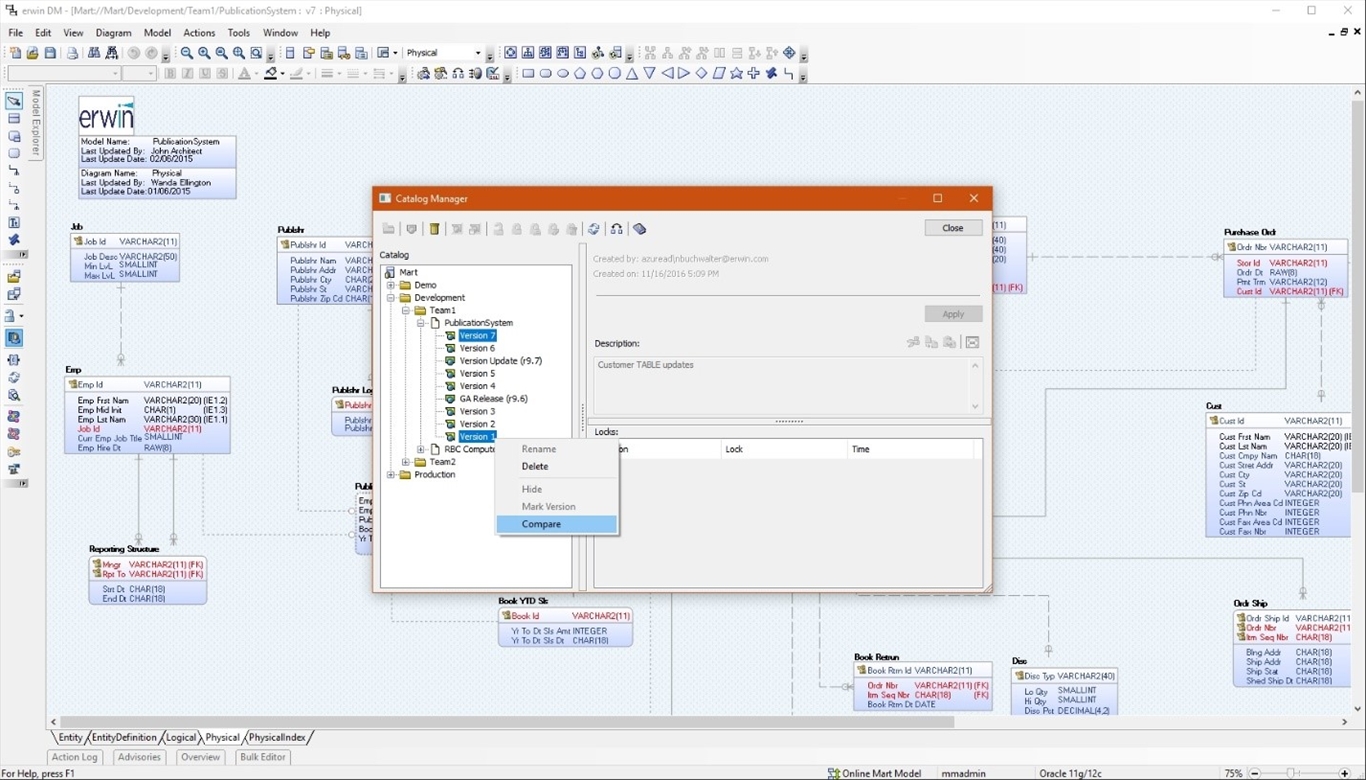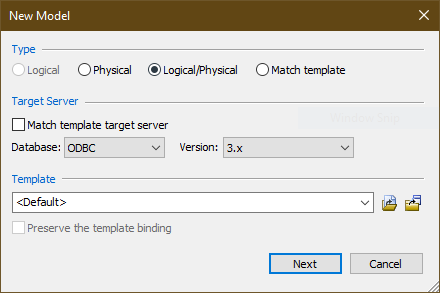

Improve business intelligence and make it easier to identify new opportunities by expanding data capability, literacy and accountability across the enterprise.



It has to be constructed with right functionality in the right places. The architect designs a house with with the end user/occupant in mind. Why Is Data Modeling Important?Īlthough data modeling isn’t new, it is becoming an increasingly important practice because of the large amount of data organizations are tasked with processing and storing.Ī good analogy is that of a house and its architect. Accordingly, physical data models are often treated as the blueprint for a proposed database. It is a graphical representation of the information requirements for a given business area.Ī physical data model provides the database-specific context, elaborating on the conceptual and logical models produced prior. With each stage of data modeling, the data model becomes more information- and context-rich.Ī conceptual data model is a rough draft, containing the relevant concepts or entities and the relationships between them.Ī logical data model, also referred to as information modeling, is the second stage of data modeling. There are three types of data models: conceptual, logical and physical, and each has its own purpose defined primarily by the level of operational detail. They show what data is required and how it needs to be structured to support various business processes. Data models help business and technical resources collaborate in the design of information systems and the databases that power them. What Are the Top Six Benefits of Data Modeling?Ī data model is a visual representation of data elements and the relationships between them.


 0 kommentar(er)
0 kommentar(er)
